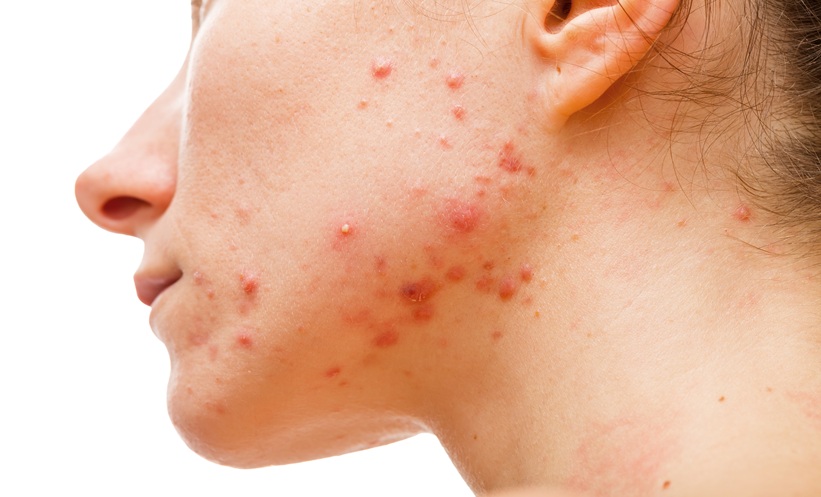Abstract
Acne is a very common, multifactorial, complex, and chronic disease of the pilosebaceous unit that affects approximately 85% of adolescent patients and 3% of adult patients. The roles of sebaceous glands, androgens, follicular epithelial cells, Propionibacterium acnes , immune mediators, environmental factors, and genetic factors are well known in acne pathogenesis. Although it is not a life-threatening disease, it is closely associated with low quality of life and psychological depression. Moreover, acne can also be associated with hypovitaminosis, or may present as a part of systemic syndromes such as: congenital adrenal hyperplasia; seborrhoea-acne-hirsutism-androgenetic alopecia syndrome; polycystic ovary syndrome; hyperandrogenaemia, insulin resistance, and acanthosis nigricans syndrome; Apert syndrome; synovitis-acne-pustulosis-hyperostosis-osteitis syndrome; pyogenic arthritis, pyoderma gangrenosum, and acne syndrome; metabolic syndromes; and Behçet’s syndrome. These syndromes must be excluded in patients with severe and recalcitrant acne.
Please view the full content in the pdf above.








